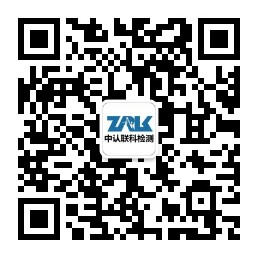<ul id="yy6ca"></ul> <del id="yy6ca"></del> IATA recently released the 62nd edition of the DGR \"Dangerous Goods Regulations\" in 2021. The new version of DGR includes the contents of the \"ICAO 2021-2022 Technical Instructions\" issued by the International Civil Aviation Organization Dangerous Goods Group and the revised contents approved by the IATA Committee. Relevant air transportation rules including various dangerous goods and lithium batteries have been revised.
Multimedia all-in-one integrates infrared touch technology, intelligent office software, multimedia network communication technology, high-definition flat panel display technology and other technologies, and integrates projector, electronic whiteboard, computer (optional), TV, touch function, etc. A multi-functional interactive device that integrates a variety of devices to upgrade the traditional display terminal to a full-featured human-computer interaction device. According to the functional description and hardware structure of the all-in-one machine, three certification product categories are mainly involved: 0808, 0901 and 0903. All-in-one machines generally mainly consider 0901 and 0903 categories. When the product has display and TV functions, dual standards need to be considered, that is, to apply for CCC certification ?according to 0808 and 0903, and the test is tested according to 0808 and 0903 standards. A report is issued and a certificate is issued ( Generally, the certificate is issued according to category 0903).
There are many different technologies and media in the air purifier, which enable it to provide users with clean and safe air. Because the air purifier itself is closely related to our lives. Therefore, the safety of the product itself is the first thing consumers need to consider, and the other is its efficiency and effectiveness in purifying the air. Nowadays, domestic air purifiers have gradually moved to the stage of the international market with the continuous improvement of I art. However, if you want to successfully enter the EU market for sales, how to apply for the CE certification of air purifiers?
KC ?(Korea Certification) certification, formerly known as EK certification, is the Korean electrical and electronic appliance safety certification system, that is, KC mark certification, which was established by the Korea Institute of Technology and Standards (KATS) in 2009 in accordance with the Electrical Appliances Safety Management Act The mandatory safety certification system implemented on January 1.
CCC certification materials are roughly divided into 3 parts, the first part: application materials; the second part: sample testing materials; the third part: factory audit materials
In order to ensure the safety of air transportation and meet the customers’ demand for the transportation of goods containing lithium batteries, in accordance with the relevant provisions of the International Air Transport Association \"Dangerous Goods Regulations\", the operating specifications for rechargeable lithium batteries, namely UN38.3 (UNDOT) testing, have been formulated . According to the requirements of civil aviation regulations, airlines and airport cargo receiving and transportation departments should review the transportation documents of lithium batteries. The most important thing is the UN38.3 safety test report of each type of lithium battery. The report can be provided by a third-party testing agency designated by civil aviation, or by a battery manufacturer with testing capabilities. If this test report cannot be provided, civil aviation will prohibit air transportation of lithium batteries.
Usually when many people do battery testing, they confuse UN38.3 and MSDS or think that they are the same certification, which has a great impact on the testing. MSDS is a chemical safety technical specification, a document for the composition and emergency treatment of lithium batteries, and UN38.3 is a safety test for lithium batteries. Because lithium batteries are shipped by air, it is often required to provide UN38.3 and MSDS together, so many people mistakenly think that UN38.3 is MSDS.
KC (Korea Certification) certification is a safety certification system for electrical and electronic appliances in South Korea. It is a mandatory implementation of the Korea Institute of Technology and Standards (KATS) in accordance with the \"ELECTRIC APPLIANCES SAFETY CONTROL ACT\" on January 1, 2009. Sexual safety certification system.
Learn the latest exciting content
